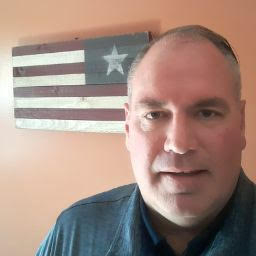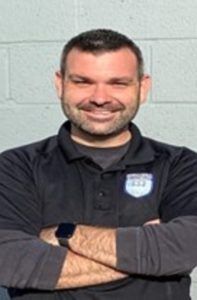SFMA’s Conference Education Committee has put together an exciting and informative education program for the 2023 Conference in Salt Lake City, Utah! Each month, speakers presenting at the conference will be featured. Don’t miss the networking and educational opportunities offered this year!
 Geoffrey Rinehart is a Lecturer at the University of Maryland. He will be presenting “Managing Common Insect Pests in Cool-Season Fields.”
Geoffrey Rinehart is a Lecturer at the University of Maryland. He will be presenting “Managing Common Insect Pests in Cool-Season Fields.”
This presentation will review important steps and principles for integrated pest management as it relates to insect control and discuss common insect pests of cool-season sports fields including their identification, life cycle, damage symptoms, and control approaches emphasizing cultural and less-toxic approaches.
The learning outcomes for attendees of this presentation:


 Philip Braselton (left) is the Grounds Supervisor at St Andrews School, Alfie Gardiner (center) is the Mid-Atlantic Plant Health Specialist at Target-Specialty Products, and Matthew Kerns (right) is a Grounds Supervisor at The Episcopal Academy. They will be presenting “Turfgrass Paint a Revisited Idea for Turfgrass Recovery.”
Philip Braselton (left) is the Grounds Supervisor at St Andrews School, Alfie Gardiner (center) is the Mid-Atlantic Plant Health Specialist at Target-Specialty Products, and Matthew Kerns (right) is a Grounds Supervisor at The Episcopal Academy. They will be presenting “Turfgrass Paint a Revisited Idea for Turfgrass Recovery.”
Sports field managers are always looking for new ideas to improve turfgrass recovery. Field paint or dye is not a new concept in aiding in plant health. With advances in these two products over the years, have we as managers overlooked the potential they have in turfgrass recovery, especially during our slowest growing months. In an exciting new study we will present our findings from two organizations by using turfgrass paint on cool season and warm season grass.
Attendees will learn: